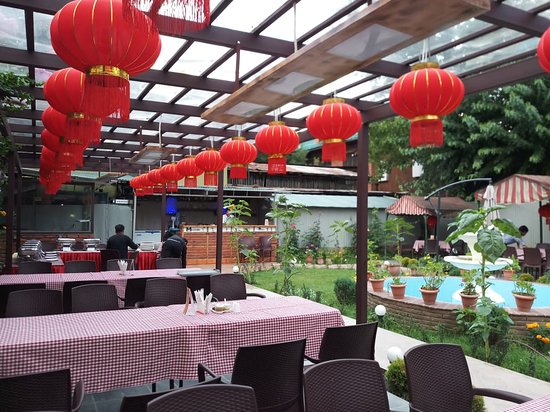Jammu and Kashmir
WELCOME TO Jammu and Kashmir
Territory Overview
Srinagar
222,236 km2
12.5 million
Urdu, Hindi, Dogri, Kashmiri, and Ladakhi

Popular
Geography and Tourist Attractions
Information about the state's tourist attractions, including popular destinations, events, and activities.

Dal Lake

Amarnath Cave

Nubra Valley
Political
Economy and Government
The economy and government of the territory of Jammu and Kashmir in India have undergone significant changes in recent years. Historically, the region's economy relied heavily on agriculture, horticulture, and handicrafts. However, efforts have been made to diversify and modernize the economy.
Following the revocation of its special autonomous status in 2019, the region has been integrated into the Indian Union, allowing for the application of national policies and development programs. The government has prioritized infrastructure development, tourism promotion, and attracting investments across sectors such as manufacturing, IT, and renewable energy.
To boost economic growth, the government has implemented measures to enhance ease of doing business, simplify land acquisition, and provide incentives for investments. The region's natural beauty and cultural heritage make it a potential tourist hotspot, attracting domestic and international visitors.
Moreover, steps have been taken to improve connectivity, including the construction of new roads and the development of air and rail networks. The government is also focusing on providing quality education, healthcare facilities, and job opportunities to the residents.
Efforts are underway to integrate Jammu and Kashmir into the national mainstream and unleash its economic potential while ensuring the well-being and aspirations of its diverse population.

History
History and Culture
Jammu and Kashmir, located in the northernmost part of India, is a region steeped in rich history and diverse culture. With a history dating back thousands of years, the region has witnessed the rise and fall of numerous civilizations and dynasties. Its strategic location on the ancient Silk Road made it a hub for cultural exchange and trade.
The history of Jammu and Kashmir is marked by the reign of powerful dynasties such as the Mauryas, Guptas, Mughals, and Sikhs, each leaving their indelible imprint on the region. The famous temples of Vaishno Devi in Jammu and the historic Jama Masjid in Srinagar are iconic landmarks showcasing the religious diversity of the region.
Jammu and Kashmir's culture is a vibrant tapestry woven from the threads of various ethnic groups, including Kashmiris, Dogras, Gujjars, and Ladakhis. The region's art, music, dance, and cuisine reflect this multicultural heritage. The traditional art of papier-mâché, intricate Kashmiri carpets, and the soulful music of Sufi saints are just a glimpse into the rich cultural legacy of the region.
However, Jammu and Kashmir's history is not without its challenges. The territorial disputes between India, Pakistan, and China have left a lasting impact on the region's political landscape. Despite these challenges, the people of Jammu and Kashmir continue to preserve and celebrate their unique history and culture, making it a captivating destination for both domestic and international tourists seeking an enchanting blend of heritage and natural beauty.
HOTELS

The Lalit Grand Palace Srinagar

Vivanta Dal View, Srinagar

The Khyber Himalayan Resort & Spa, Gulmarg
RESTAURANTS

Ahdoos, Srinagar

Stream Restaurant, Pahalgam

